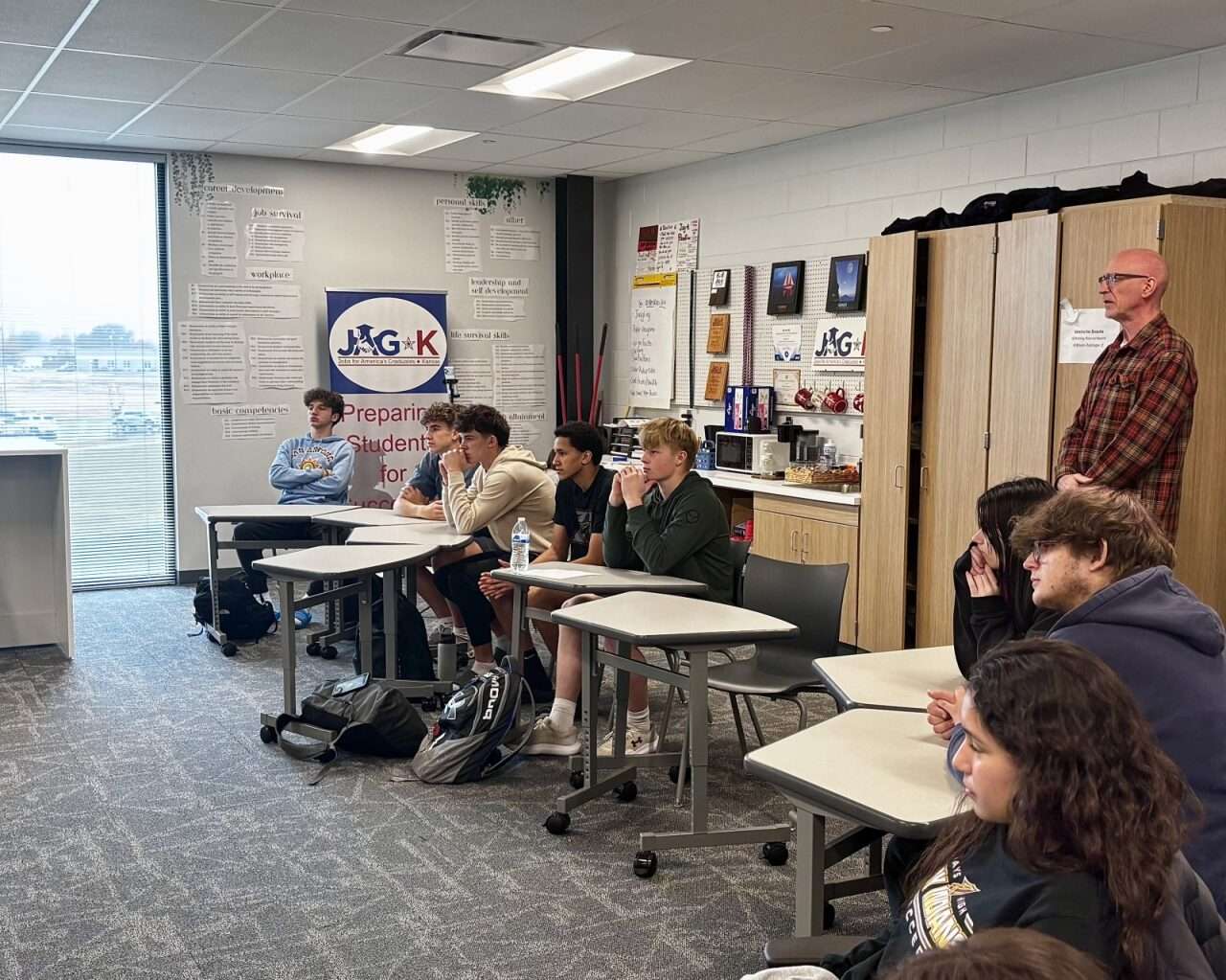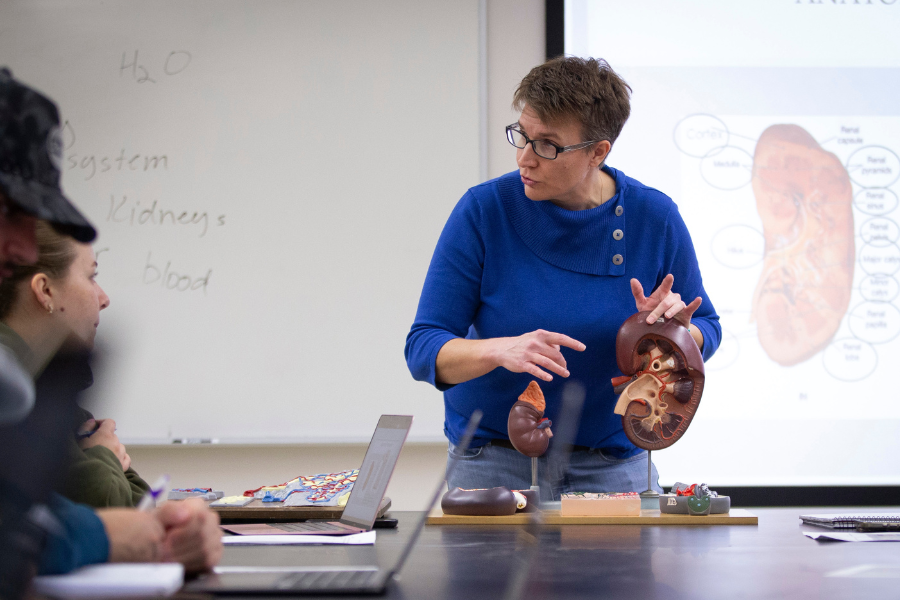Chula Vista Elementary School District dual immersion program struggles – NBC 7 San Diego

Report on Curriculum Deficiencies in Chula Vista Elementary School District
Executive Summary
This report details a significant educational service delivery failure within the Chula Vista Elementary School District, where third- to sixth-grade dual immersion students were left without essential Spanish language arts curriculum for four months of the 2025-26 school year. This situation represents a direct contradiction to the principles of several United Nations Sustainable Development Goals (SDGs), most notably SDG 4 (Quality Education) and SDG 10 (Reduced Inequalities). The lack of materials created a significant learning disparity and prompted action from parents, teachers, and the local educators’ union, highlighting challenges related to SDG 16 (Peace, Justice, and Strong Institutions) concerning institutional accountability.
Analysis of Educational Disparities and SDG Alignment
SDG 4: Quality Education
The failure to provide curriculum directly undermines the core tenets of SDG 4, which advocates for inclusive and equitable quality education for all. The district’s actions have compromised the educational integrity of its dual immersion program.
- Violation of Equitable Access: For four months, a specific cohort of students was denied the necessary tools for learning, a direct violation of the principle of providing equitable and quality primary education (Target 4.1).
- Compromised Learning Outcomes: Without curriculum, students are unprepared for standardized assessments like the California Assessment of Student Performance and Progress (CAASPP), jeopardizing their measured learning outcomes.
- Erosion of Inclusive Education: Dual immersion programs are vital for promoting multilingualism and cultural appreciation (Target 4.7). The failure to support this program adequately signals a lack of commitment to inclusive educational models.
SDG 10: Reduced Inequalities
The disparity in resource allocation between student groups within the same district highlights a failure to adhere to SDG 10, which aims to reduce inequality within and among countries.
- Creation of a Disadvantaged Group: The issue exclusively affected third- to sixth-grade dual immersion students, while their peers in English language arts programs received their materials. This selective deprivation creates a clear inequality of opportunity (Target 10.3).
- Violation of Equity Mandates: As cited by a parent, the situation potentially contravenes the Williams Act, a state-level mandate designed to ensure all students have equal access to instructional materials and a quality learning environment.
SDG 16: Peace, Justice, and Strong Institutions
The incident calls into question the effectiveness and accountability of the educational institution responsible for student learning, a key focus of SDG 16.
- Lack of Institutional Transparency: The district initially failed to provide a clear reason for the curriculum deficit and did not respond to media inquiries regarding the matter, demonstrating a lack of transparency (Target 16.6).
- Allegations of Inadequate Solutions: Teacher testimony alleged they were instructed to use “Chat GPT” as a substitute for a formal curriculum, an inappropriate and professionally unsound directive. The district has denied this claim.
- Participatory Action for Accountability: The resolution was only achieved after teachers and the educators’ union engaged in participatory action by speaking at a board meeting and meeting with the Superintendent, forcing a response from the institution (Target 16.7).
Stakeholder Perspectives and Resolution
Parent and Teacher Concerns
Parents and teachers voiced significant frustration over the impact on student learning and well-being.
- Parent Robin Alcoba expressed confusion and disappointment, stating her fourth-grade son had not been learning the required material since July. She is considering opting him out of standardized testing due to the unfairness of the situation.
- Dual immersion teacher Anita Lopez reported that new materials were promised in January 2025 but were suddenly withheld in May, leaving educators without necessary resources.
Institutional and Union Response
After public pressure, a resolution was negotiated, although its timing has been criticized.
- The Chula Vista Educators union president, Rosi Martinez, confirmed that after meeting with the Superintendent, a commitment was secured to purchase all necessary “Adelante” materials for dual immersion teachers.
- Parents like Ms. Alcoba feel this effort is “too little, too late,” as it does not compensate for the four months of lost instructional time.
SDGs Addressed or Connected to the Issues
Detailed Explanation
-
SDG 4: Quality Education
This is the primary SDG addressed in the article. The core issue is the failure of the Chula Vista Elementary School District to provide essential Spanish language arts curriculum to third- to sixth-grade dual immersion students. This directly compromises the goal of ensuring “inclusive and equitable quality education.” The article highlights how students, like Robin Alcoba’s son, have been “sitting in class not learning” for four months, which is a clear failure in providing quality education and achieving effective learning outcomes.
-
SDG 10: Reduced Inequalities
The article explicitly points to an inequality within the school system. The lack of curriculum materials specifically affects the dual immersion students, while “English language arts students in the same grades still have their materials.” This creates a disparity in educational opportunities. Parent Robin Alcoba references the “Williams Act, where every student is supposed to have an equitable experience in school,” directly framing the issue as one of inequality and the failure to provide an equal learning environment for all students, regardless of their language program.
Specific Targets Under Identified SDGs
Detailed Explanation
-
Target 4.1: Ensure that all girls and boys complete free, equitable and quality primary and secondary education leading to relevant and effective learning outcomes.
The situation described in the article directly relates to this target. The education provided to the dual immersion students is not “equitable” compared to their peers in the English program, nor is it of “quality” due to the missing curriculum. The concern over the students’ ability to “pass standardized testing at the end of the year” (CAASPP exam) shows a direct link to the measurement of “effective learning outcomes.”
-
Target 4.5: By 2030, eliminate gender disparities in education and ensure equal access to all levels of education… for the vulnerable… and children in vulnerable situations.
While the disparity is not based on gender, the principle of “equal access” is central. The dual immersion students represent a specific group that is not receiving equal access to fundamental educational resources (curriculum) compared to other students in the same school district and grades. This lack of access makes them vulnerable to falling behind academically.
-
Target 10.3: Ensure equal opportunity and reduce inequalities of outcome, including by eliminating discriminatory… policies and practices…
The district’s practice of not providing curriculum to one group of students while providing it to another creates an inequality of opportunity. This will predictably lead to an inequality of outcome, as measured by the CAASPP standardized tests. The parent’s statement that the situation is “not creating a learning environment that’s equal” underscores the failure to meet this target.
Indicators for Measuring Progress
Detailed Explanation
-
Implied Indicator: Proportion of students provided with required curriculum and learning materials.
The entire article revolves around the absence of curriculum for a specific group of students. A direct way to measure progress towards the targets would be to track the percentage of students in all programs (both dual immersion and English language arts) who have received their necessary instructional materials at the start of the school year. The article implies this indicator is currently at 0% for the affected students four months into the year.
-
Implied Indicator: Student achievement scores on standardized assessments, disaggregated by program type.
The concern about the California Assessment of Student Performance and Progress (CAASPP) exam is mentioned multiple times. Parents are worried about how the lack of curriculum will affect their children’s performance and are considering opting out. Comparing the CAASPP scores of dual immersion students to those of English language arts students would be a clear indicator of “inequalities of outcome” (Target 10.3) and a failure to achieve “effective learning outcomes” (Target 4.1).
-
Implied Indicator: Parity in resource allocation across different educational programs within a school district.
The article highlights a clear disparity: “this only affects third- to sixth-grade dual immersion students while English language arts students in the same grades still have their materials.” An indicator could measure the equity of resource distribution (such as funding for and provision of materials) between different language programs to ensure one is not disadvantaged, directly addressing Target 10.3.
Summary Table of SDGs, Targets, and Indicators
| SDGs | Targets | Indicators (Implied from Article) |
|---|---|---|
| SDG 4: Quality Education | 4.1: Ensure equitable and quality primary education leading to effective learning outcomes. | Student achievement scores on standardized assessments (CAASPP). |
| 4.5: Ensure equal access to all levels of education for all. | Proportion of students provided with required curriculum and learning materials. | |
| SDG 10: Reduced Inequalities | 10.3: Ensure equal opportunity and reduce inequalities of outcome. | Parity in resource allocation across different educational programs (e.g., dual immersion vs. English language arts). |
Source: nbcsandiego.com
What is Your Reaction?
 Like
0
Like
0
 Dislike
0
Dislike
0
 Love
0
Love
0
 Funny
0
Funny
0
 Angry
0
Angry
0
 Sad
0
Sad
0
 Wow
0
Wow
0
















































:focal(1500,1000)/https://media.globalcitizen.org/a6/9a/a69a4720-d8a1-4715-b596-18738d03c05c/rotary_polio_hero_image.jpg?#)







/countries/sri-lanka/photo-credit---dmc-sri-lanka.tmb-1200v.jpg?sfvrsn=dc298bcc_1#)


















